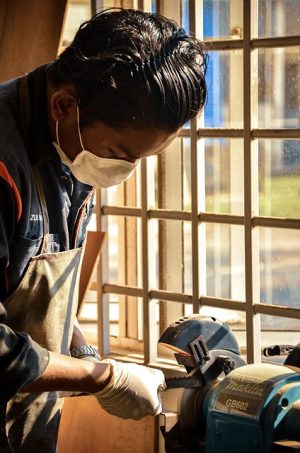Rug cleaning requires understanding diverse material needs and using tailored care for each type—wool, silk, nylon, or synthetic blends. Professional services employ hot water extraction or dry cleaning methods, preserving rug quality and extending lifespans. They inspect, select safe chemicals, and use specialized equipment to clean various fabrics thoroughly but gently. Post-cleaning care, including proper drying and rotation, is crucial; mistakes like using incorrect cleaners or over-cleaning can damage rugs. Increasingly, eco-friendly practices are preferred for sustainability, with demand for green detergents and techniques reducing environmental impact while maintaining rug integrity.
“Discover the transformative power of professional rug cleaning services! This comprehensive guide explores the ins and outs of maintaining your valuable floor coverings. From understanding diverse cleaning techniques to navigating safety concerns, we demystify the process. Learn why seeking expert help offers numerous benefits, including enhanced rug longevity and a fresh, clean environment.
Get ready to explore crucial aspects, such as preparation tips, chemical insights, and post-cleaning care, ensuring your rugs remain in pristine condition. Plus, uncover common mistakes to avoid and the environmental considerations that make modern rug cleaning practices both effective and sustainable.”
Understanding Rug Cleaning: Types and Techniques
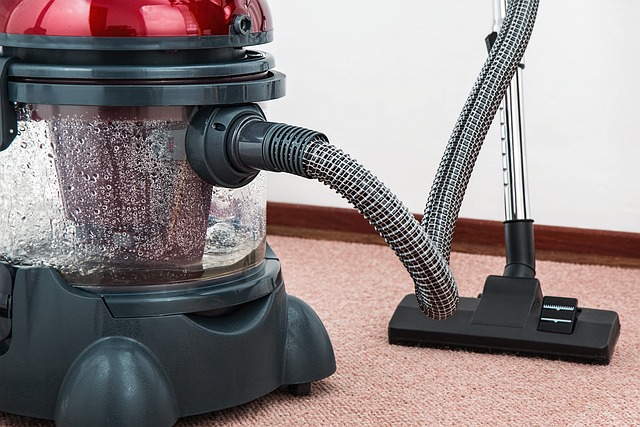
Rug cleaning is a meticulous process that involves understanding different types of rugs and their unique requirements. Area rugs, often found in homes and businesses, come in various materials such as wool, silk, nylon, or synthetic blends. Each material has its own care needs due to varying sensitivities to chemicals and cleaning methods. For instance, delicate wool rugs may require dry cleaning techniques to prevent fiber damage, while more robust nylon rugs can withstand deep immersion cleaning.
The two primary rug cleaning techniques are hot water extraction and dry cleaning. Hot water extraction involves powerful machines that infuse hot water and detergent into the rug fibers, lifting dirt and debris. This method is suitable for most rug types but requires careful monitoring to avoid excessive moisture, which could lead to shrinkage or mold issues. Dry cleaning, on the other hand, uses a solvent or shampoo and a low-moisture system to clean rugs, making it ideal for delicate fabrics. It’s a gentler process that minimizes the risk of damage but may not be as effective for deeply ingrained stains.
The Benefits of Professional Rug Cleaning Services
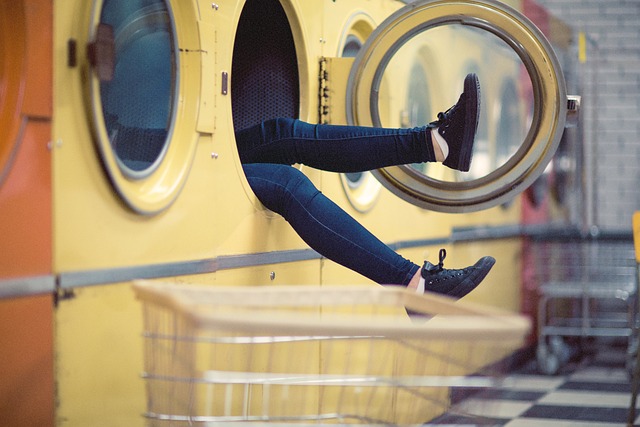
Professional rug cleaning services offer numerous benefits that go beyond simple aesthetics. Regular professional cleaning can extend the lifespan of your rugs, preserving their quality and vibrancy for years to come. Homeowners often underestimate the amount of dirt, dust, allergens, and debris that accumulate in carpets and rugs, which can be difficult to remove through regular vacuuming alone. Professional cleaners use advanced equipment and techniques designed specifically for rug cleaning, ensuring thorough removal of these contaminants.
Moreover, professional rug cleaning services provide specialized care for various rug materials and construction methods. Whether you have a silk area rug, wool carpet, or an intricate hand-knotted piece, expert cleaners have the knowledge and experience to handle each type with care. This prevents damage and maintains the integrity of your valuable rugs, ensuring they remain in pristine condition for display in your home.
Choosing the Right Rug Cleaning Company
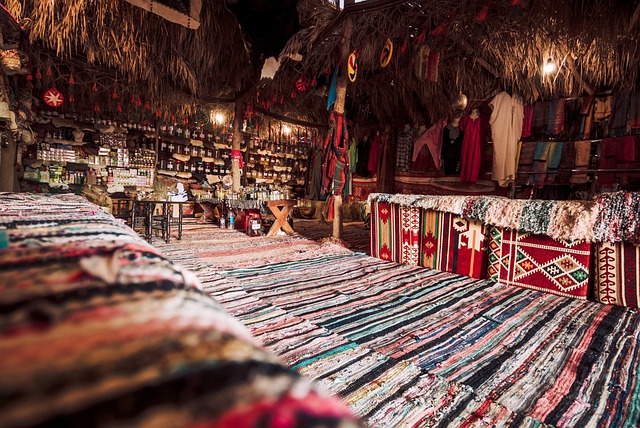
When considering rug cleaning services, it’s paramount to choose a reputable company that understands the intricacies of various fabric types and cleaning techniques. Not all rugs are created equal, and what works for a synthetic area rug might damage a wool or silk piece. Look for companies that offer specialized care based on fiber type and construction.
Additionally, ensure the cleaner provides a detailed, step-by-step process outlining their methods and uses of cleaning solutions. Safety and environmental considerations are vital; opt for eco-friendly, non-toxic products whenever possible. Reputable firms will be transparent about their processes, providing peace of mind that your valuable area rugs are in capable hands.
Pre-Cleaning Preparation: What to Expect
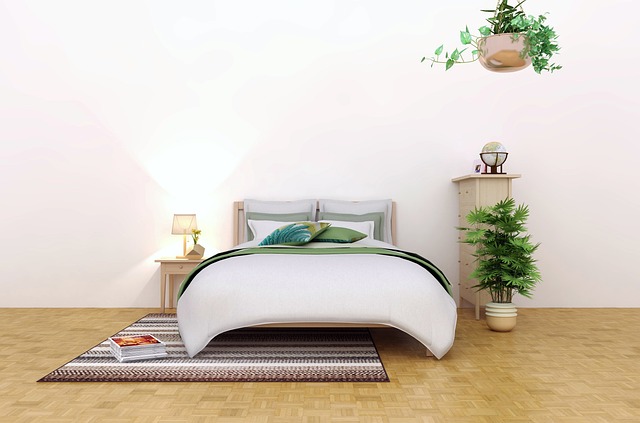
Before your rug cleaning service begins, there are a few things to expect during the pre-cleaning preparation stage. First, the professionals will thoroughly inspect your area rug to assess its condition and identify any specific stains or damages. This step is crucial as it allows them to tailor their cleaning approach accordingly, ensuring the best possible outcome. They might also discuss with you the type of fibres in your rug, as different materials require unique care.
During this time, you can expect them to move furniture to gain access to all areas of the rug, preparing it for the cleaning process. This might involve temporarily removing items like chairs, tables, and decorations. Additionally, they may ask you to remove any valuable or delicate items from the room to avoid any potential damage during the cleaning process. This preparation ensures a thorough clean, extending the life of your area rug.
Common Rug Cleaning Chemicals and Their Safety
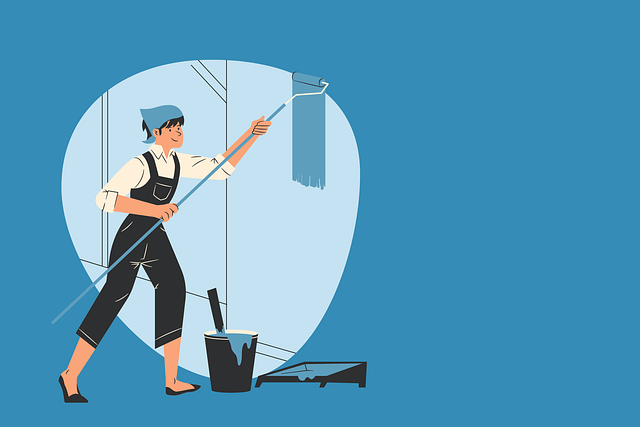
Area rugs are a beautiful addition to any space, but they can also be a magnet for dirt, dust, and allergens. To keep them looking their best, it’s crucial to understand the chemicals used in rug cleaning. Common Rug Cleaning Chemicals include synthetic detergents, enzymes, and biodegradable solutions. These chemicals are designed to loosen and remove stubborn stains, odors, and grime without damaging the rug’s fibers.
Safety is a top concern when it comes to rug cleaning chemicals. Many modern products are formulated with eco-friendly ingredients, ensuring minimal environmental impact. However, some people may have sensitivities or allergies to certain chemicals. It’s important to read labels carefully and opt for pet-safe, non-toxic options, especially in homes with children and pets. Professional rug cleaning services often use specialized equipment and products tailored to different rug types, guaranteeing a thorough yet safe cleaning process.
Drying and Post-Cleaning Care Instructions
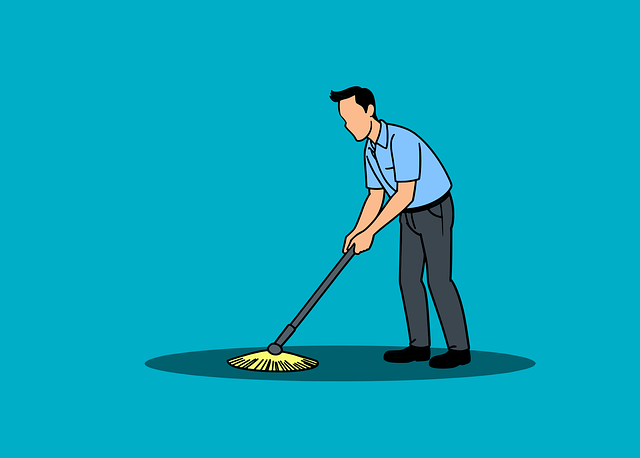
After a thorough rug cleaning, proper drying and post-cleaning care are essential for maintaining the rug’s quality and ensuring it remains in pristine condition. The first step is to allow the rug to air dry completely; this typically takes 24-48 hours, depending on the size and thickness of the rug. Avoid using heaters or fans to expedite the process as this can lead to shrinkage or color fading. Once dry, vacuum the rug gently to remove any remaining dust or debris.
Regular rotation and cleaning are key to preserving your area rugs. Rotate them every few months to ensure even wear patterns, as sunlight exposure can cause fading. Additionally, spot-cleaning minor spills immediately is crucial to prevent permanent staining. Always follow the care instructions provided by the rug manufacturer for best results in maintaining your investment in rug cleaning services.
Common Rug Cleaning Mistakes to Avoid
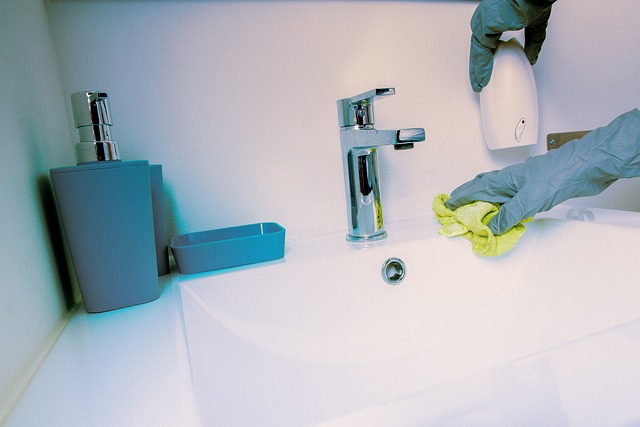
Many people make common mistakes when it comes to rug cleaning, which can lead to damaging their valuable floor coverings. One of the biggest blunders is trying to clean a rug yourself with harsh chemicals or incorrect techniques. Using the wrong cleaner for your specific rug material can cause fading, shrinkage, or even permanent damage. It’s best to leave this task to professionals who understand the delicate nature of various fabrics and have access to specialized equipment.
Another mistake to avoid is over-cleaning or cleaning too frequently. Rugs should be cleaned when there’s visible dirt or stains, not on a strict schedule. Over-cleaning can strip away the rug’s natural fibers and padding, leading to a shorter lifespan. Additionally, some people make the error of not properly drying their rugs after cleaning. Adequate drying is crucial to prevent mold and mildew growth, so ensure your rugs are thoroughly dried before replacing them on the floor.
The Environmental Impact of Rug Cleaning Practices
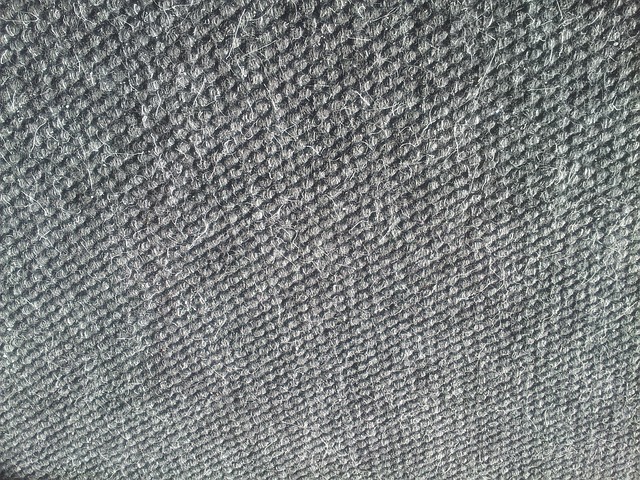
In recent years, there’s been a growing awareness of the environmental impact associated with various cleaning practices, and rug cleaning is no exception. Traditional rug cleaning methods often rely on harsh chemicals and excessive water, which can lead to significant ecological consequences. These processes not only contribute to water pollution but also release toxic fumes that can be harmful to both the cleaning professionals and homeowners.
Adopting eco-friendly rug cleaning practices has become increasingly important as consumers demand sustainable solutions. Modern techniques focus on using biodegradable detergents, steam cleaning, or dry cleaning methods that minimize water usage and reduce chemical waste. By opting for these greener alternatives, not only do rug owners contribute to a cleaner environment but they also ensure the longevity of their rugs, as less aggressive cleaning methods preserve the fibers and overall quality of the carpeting.
